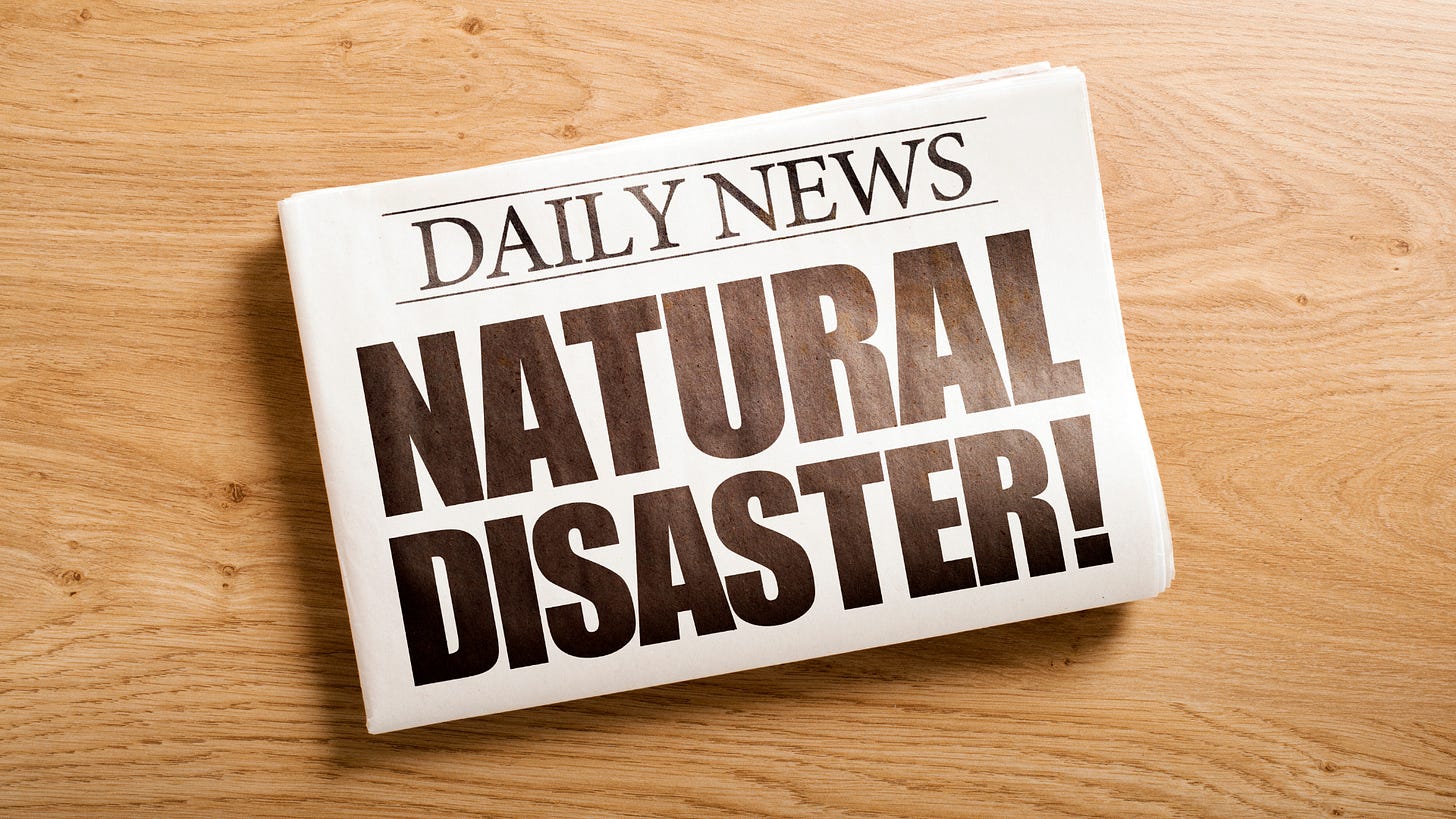When the Earth Gets Angry
A Look at Natural Disasters
Our planet is an incredible place, full of life and beautiful sights. But sometimes, the Earth shows us just how powerful it can be.
These moments, which can be scary and destructive, are what we call natural disasters. They're extreme events that happen naturally, and they can cause a lot of damage and danger to people and places.


